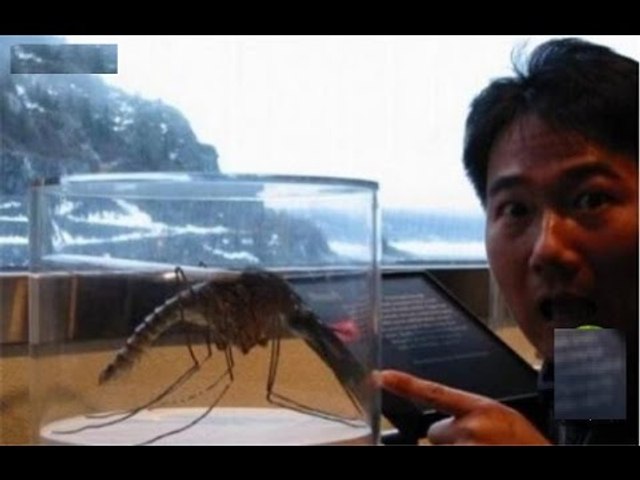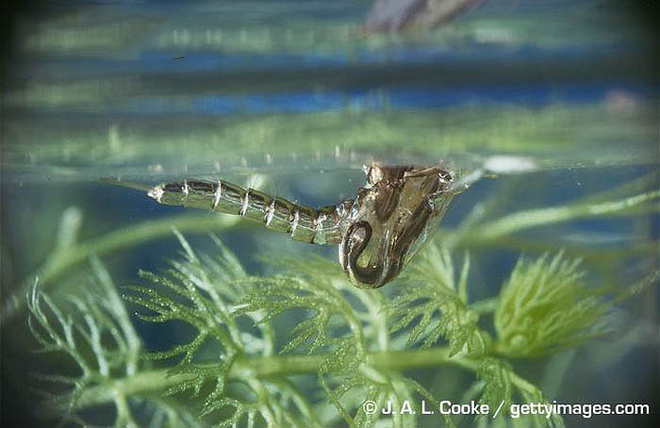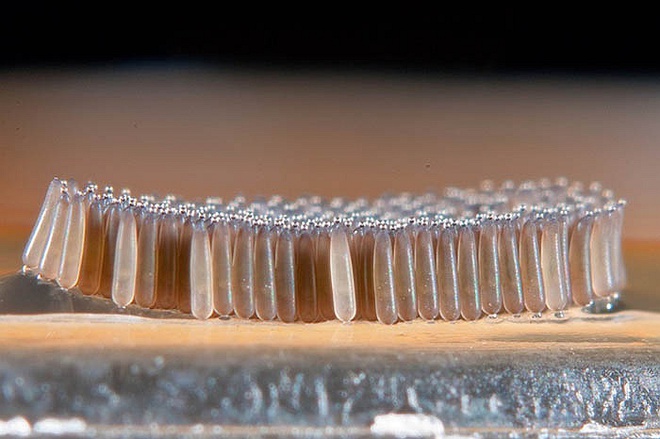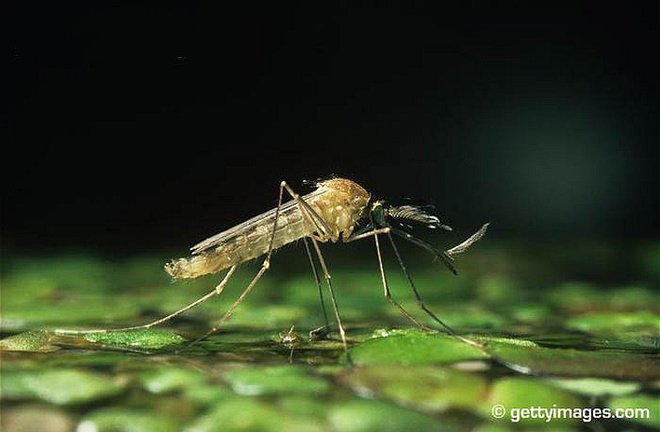Giant mosquitoes that confuse many people with their knife-like sting are raging in a state in the US.

An unusually large mosquito flew through the door of a house in the city of Cordoba and was killed by the owner’s mother with an insect spray.
Ezequiel Lobo shared a photo of a super-large mosquito next to a common mosquito on Twitter on January 22, attracting 139,000 likes and more than 27,000 comments.
Ezequiel Lobo said his mother was terrified when she saw the mosquito, so she took an insect spray and sprayed it.
Despite its intimidating size, this mosquito is most likely a member of the non-infectious Gallinipper mosquito (Psorophora ciliata).
According to entomologist Michael H. Reiskind, Gallinipper mosquitoes often appear in large numbers after storms.
Although they have a painful sting like a knife, they are only dangerous for people who are prone to allergies.

Gallinipper mosquito eggs hatch during the rainy season. After hatching, the larvae attack the smaller mosquito larvae, even tadpoles. With this feature, Gallinipper is being studied as a biological weapon to destroy disease vectors such as mosquitoes carrying malaria, dengue fever and Zika, etc.

Tropical Storm Debby along the bay accidentally provided abundant water for millions of mosquito eggs to breed and multiply rapidly.

Females usually lay their eggs on moist soil near shore where tropical rain-flooded water passes.

According to entomologist Kaufman, this is not the time for a giant mosquito epidemic in Florida. The eggs will wait until the flood season to develop and grow.

Although the sting is painful to the bone, the Gallinipper mosquito does not carry any infectious disease and has lived in Florida longer than the natives.

Adult Gallinipper mosquitoes have a wingspan of 7-9 mm. Most have a black head, yellow body, bright white belly, with bright yellow stripes running down the body.

In particular, males have an extra pair of shaggy antennae to attract females.

The eggs of the Gallinipper Mosquito are rhombic about 0.8 mm long, 0.4 mm in diameter and can lie on land for long periods of time.

After hatching, these newborns aggressively attack the larvae of smaller mosquitoes, even tadpoles.

With this feature, the Gallinipper Mosquito has been studied to be used as a biological weapon to destroy larvae, an intermediate organism that infects humans.

The time it takes for Gallinipper mosquito eggs to develop to adulthood takes only about 6 days.

The large red sting left by the Gallinipper mosquito on the victim’s arm.
Src: thepressagge.com








